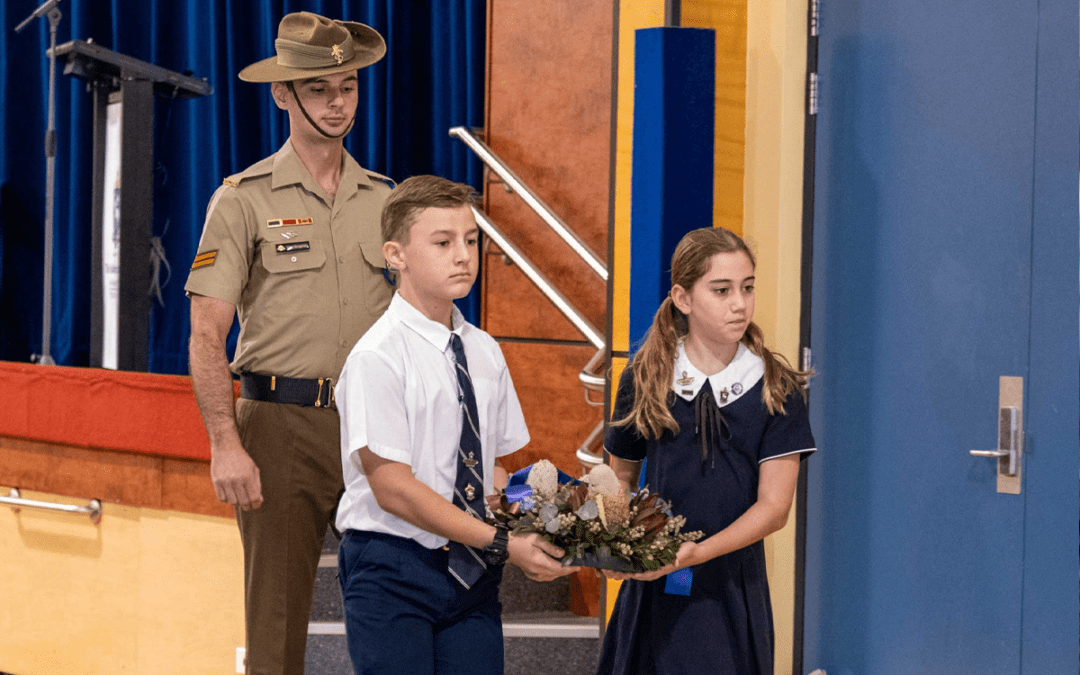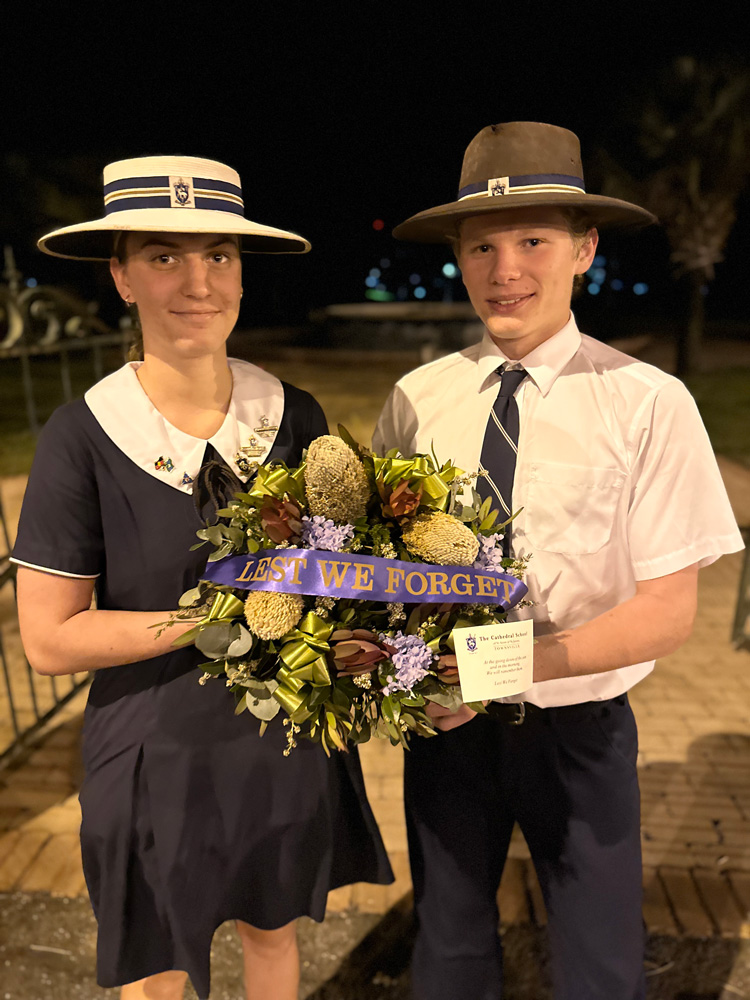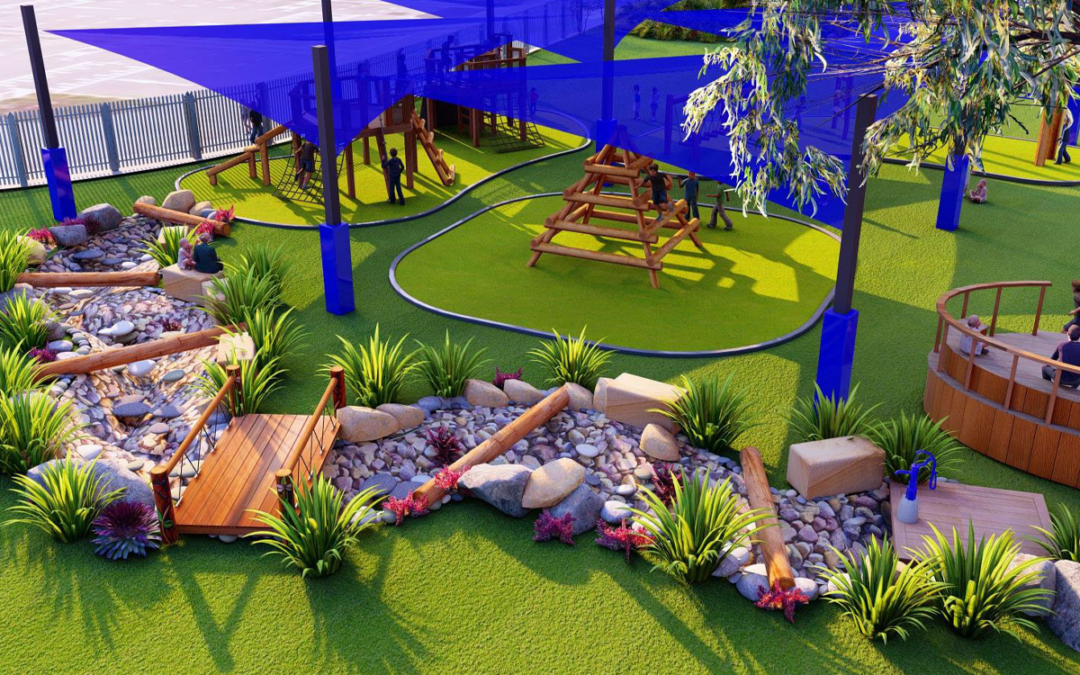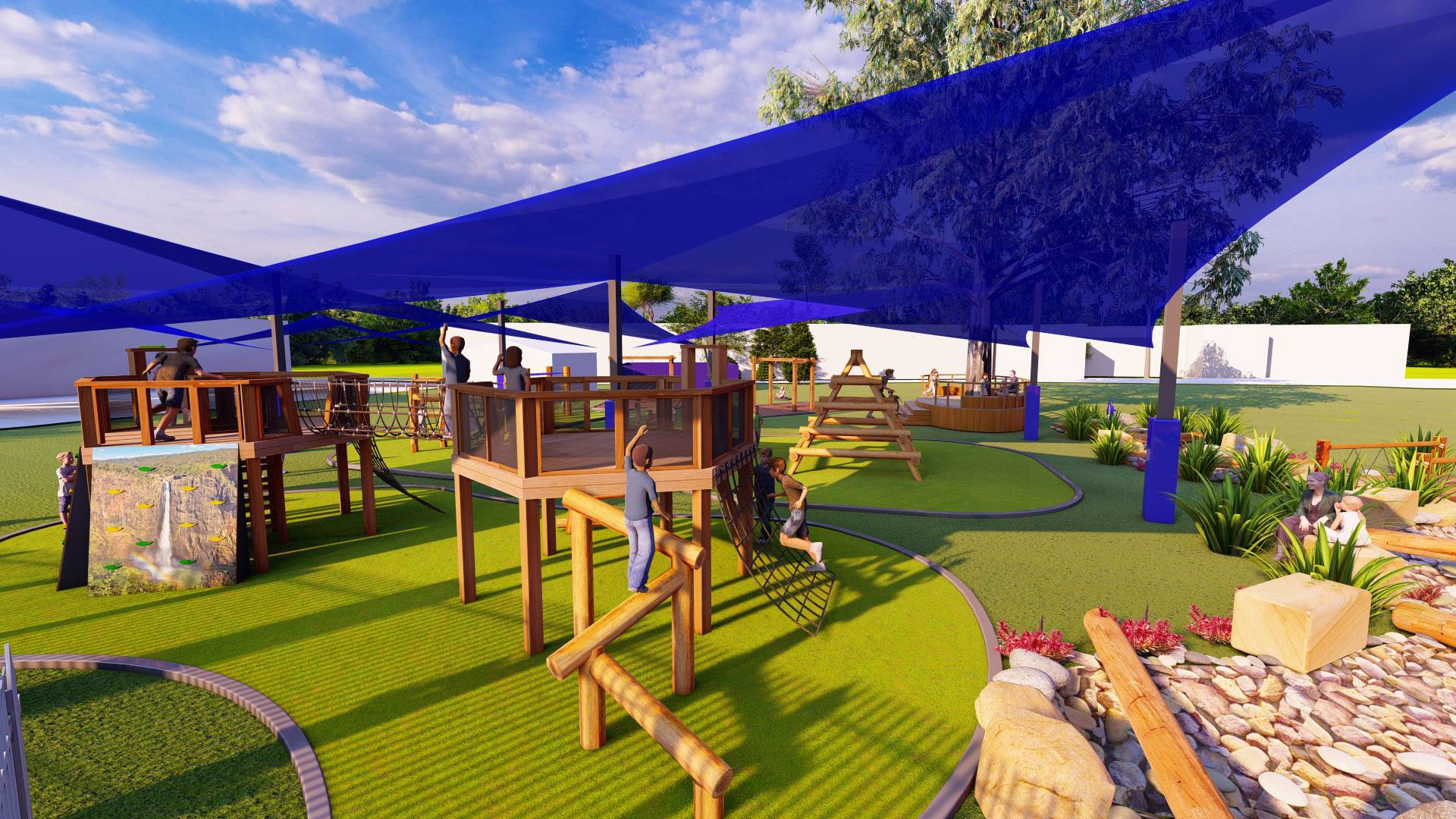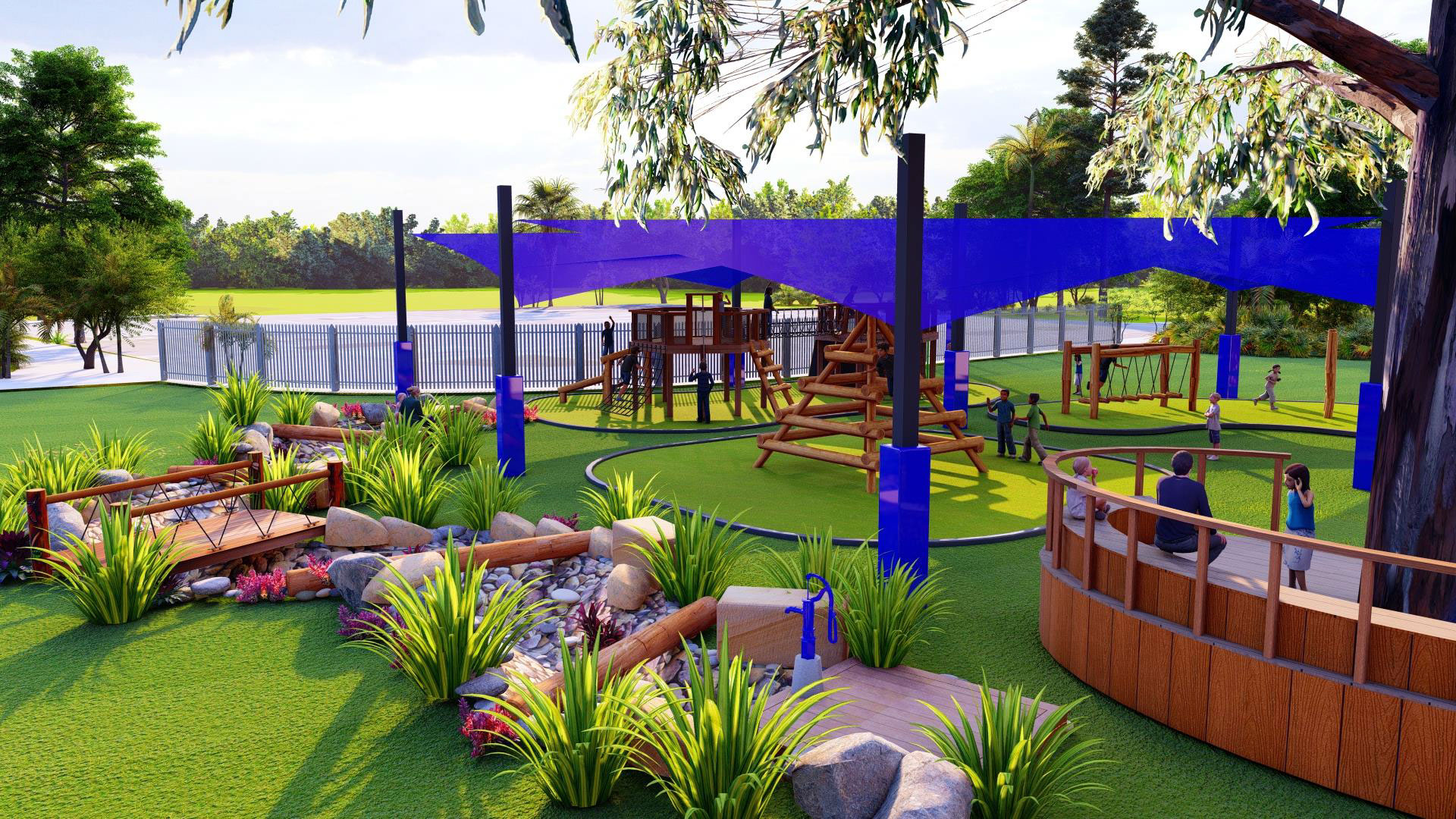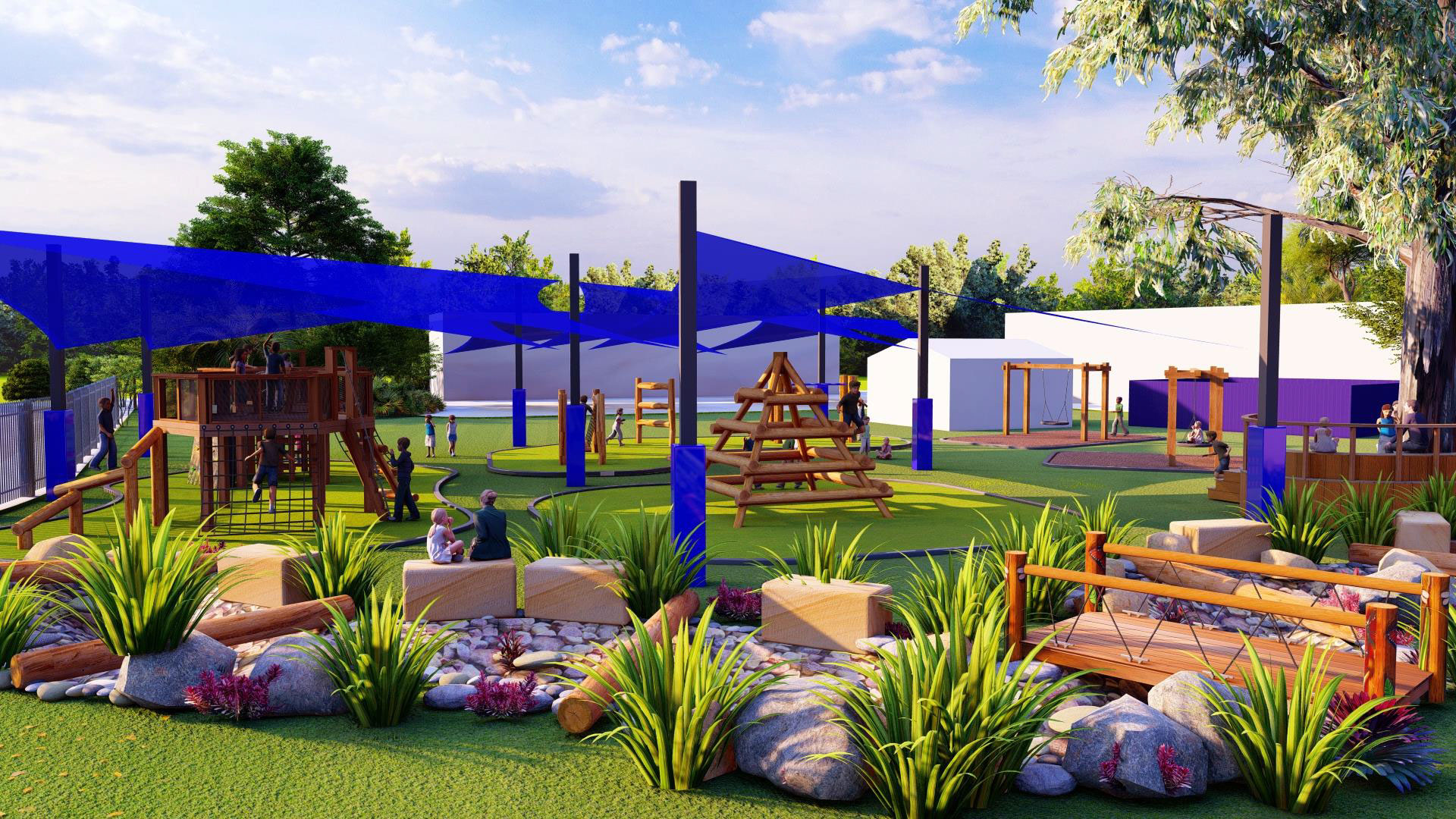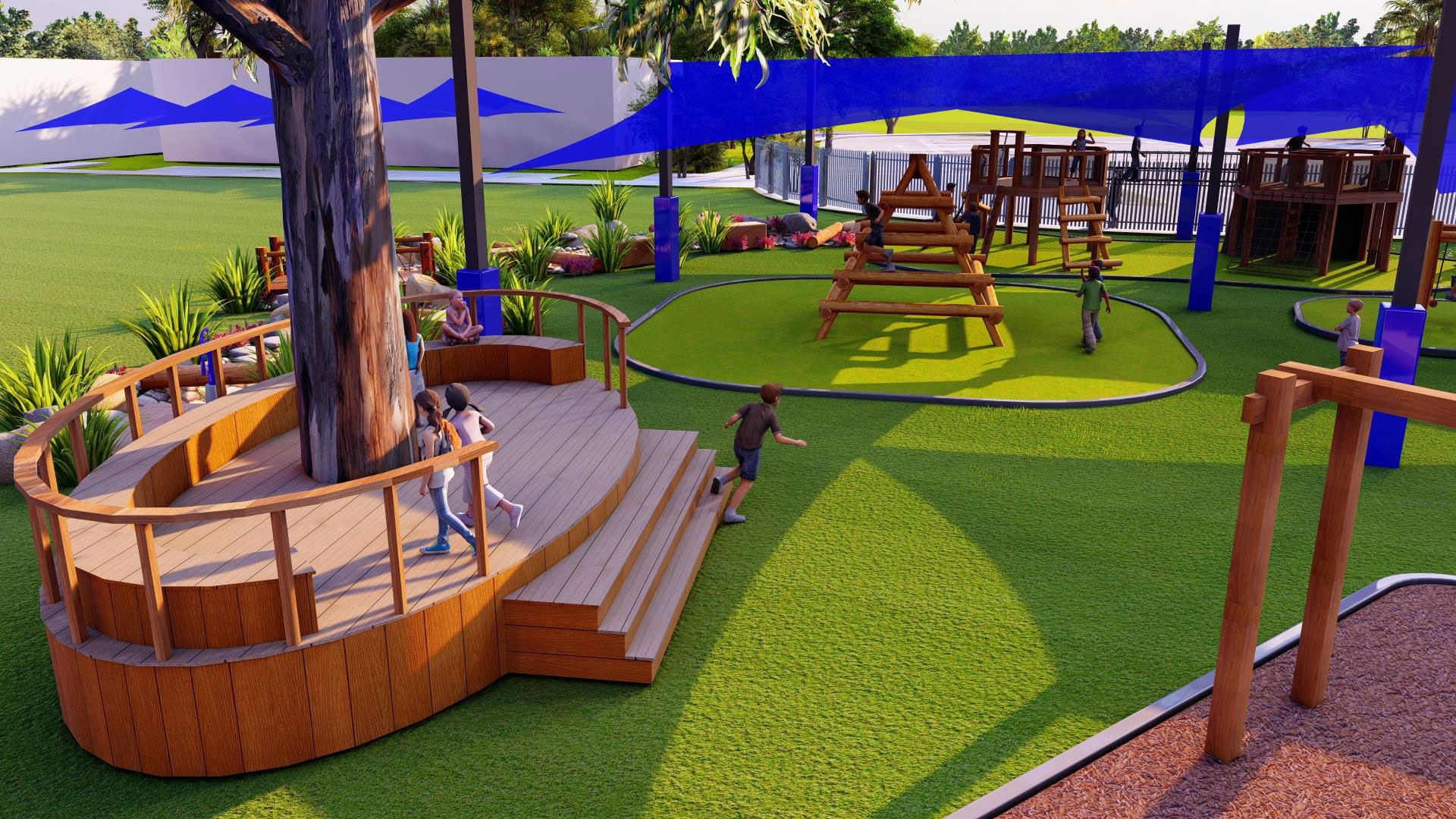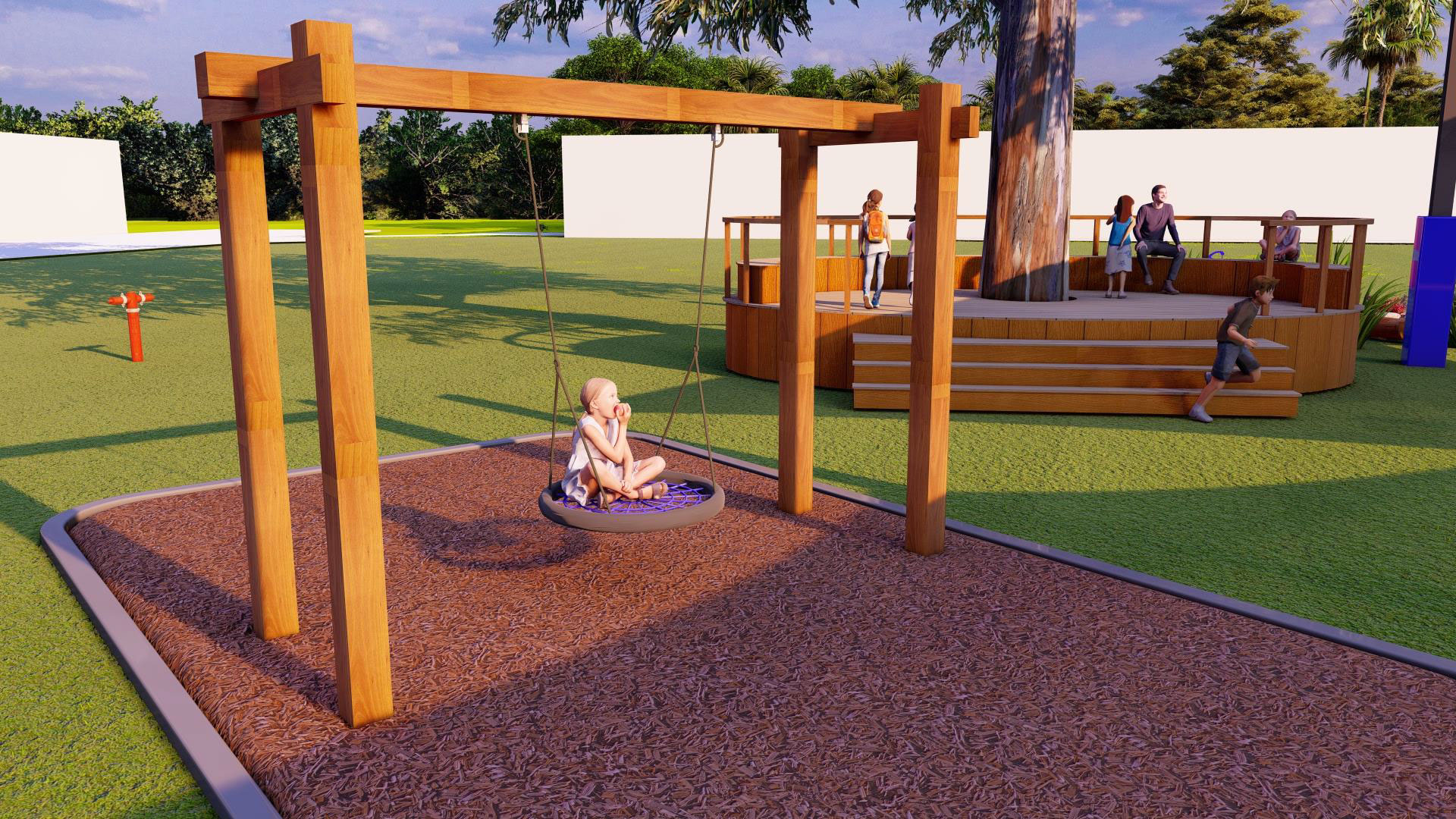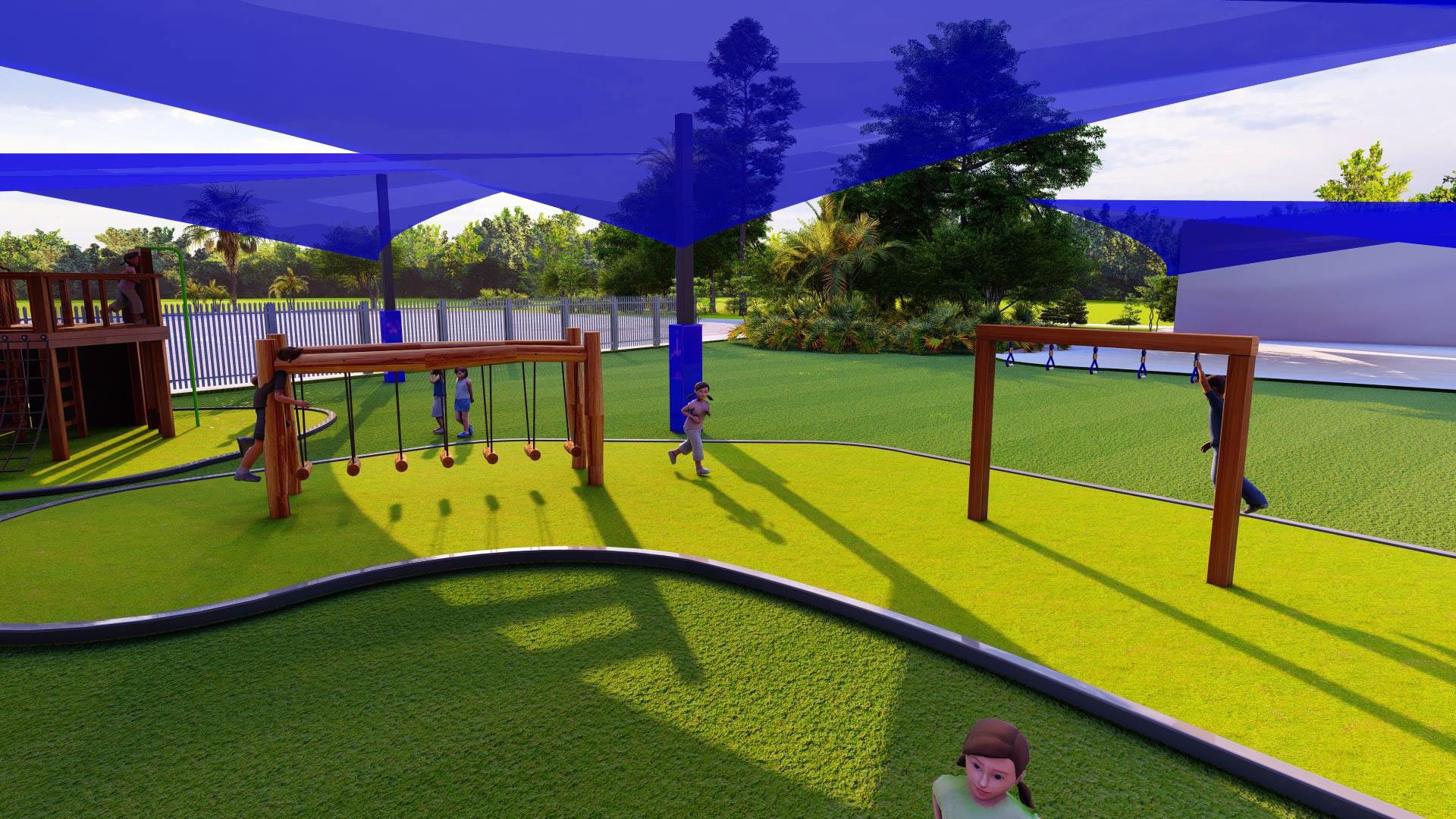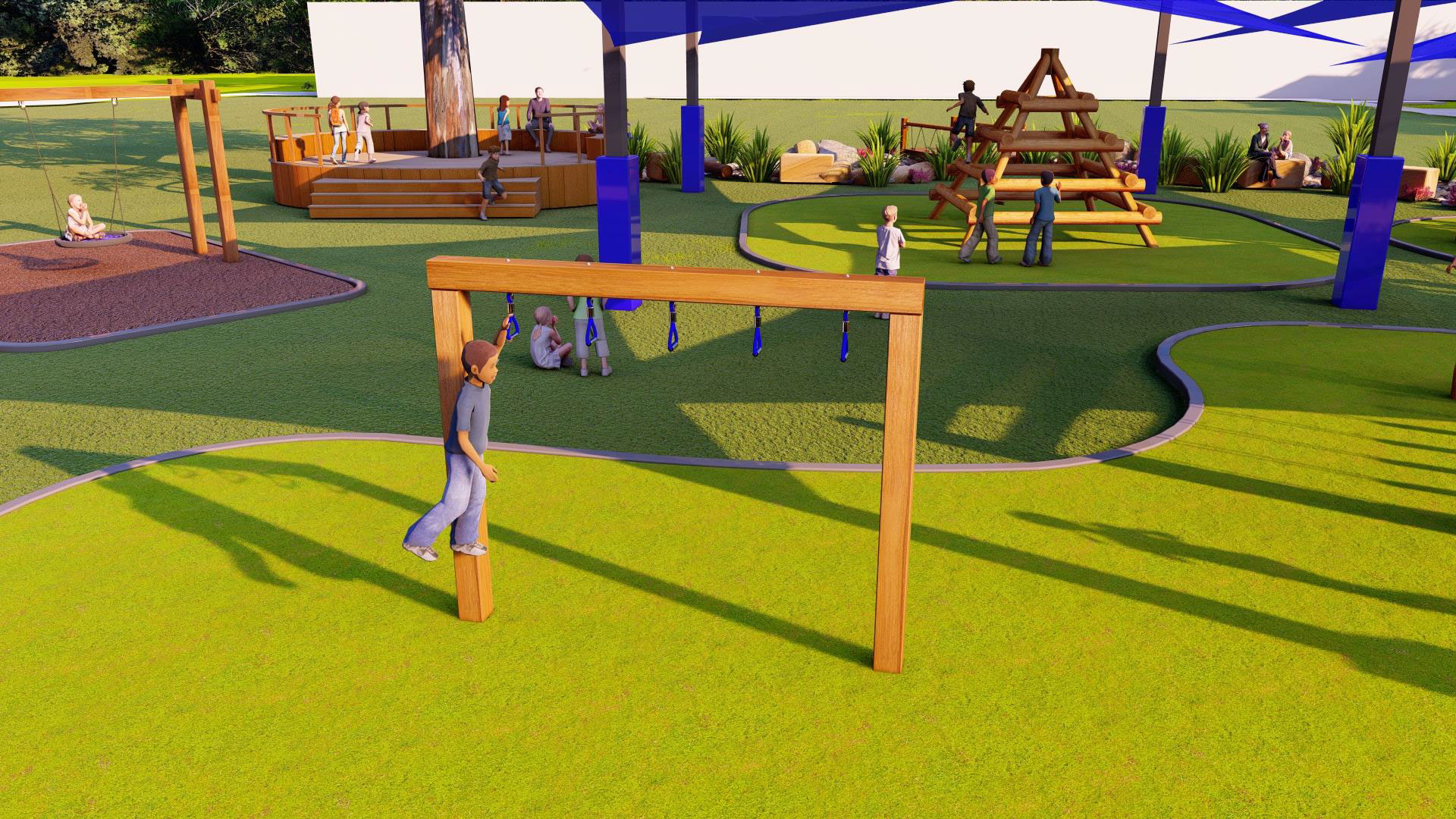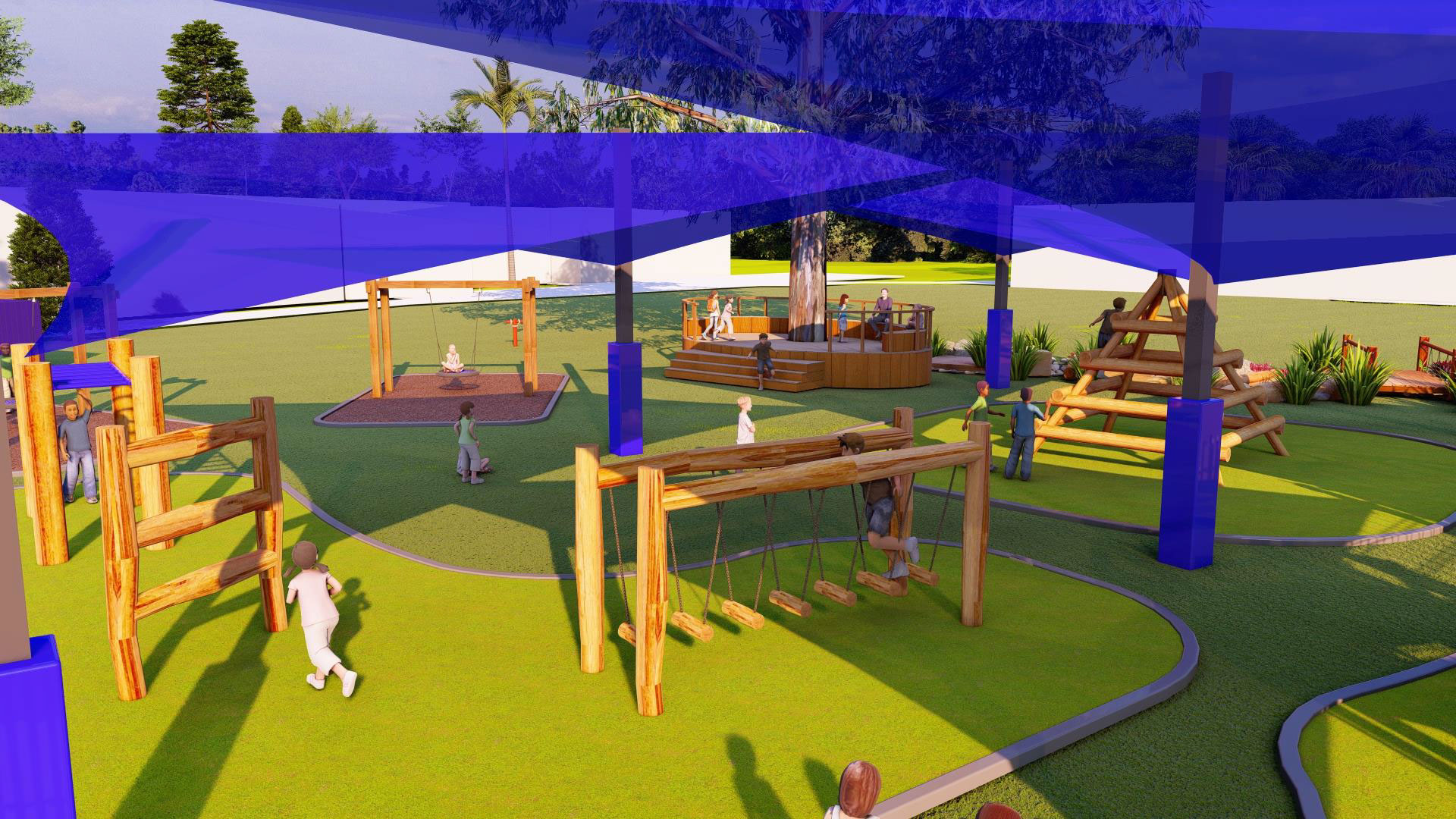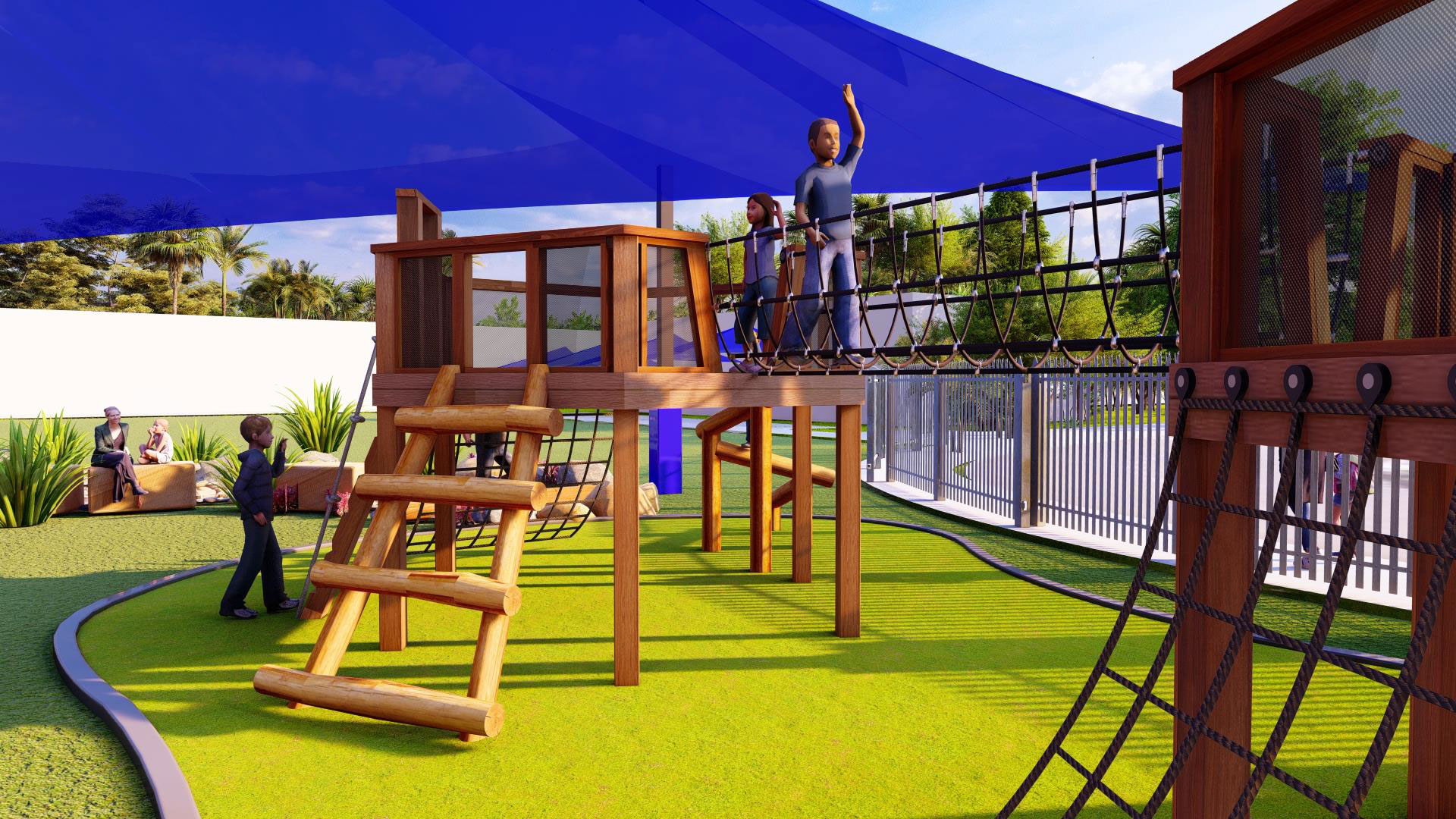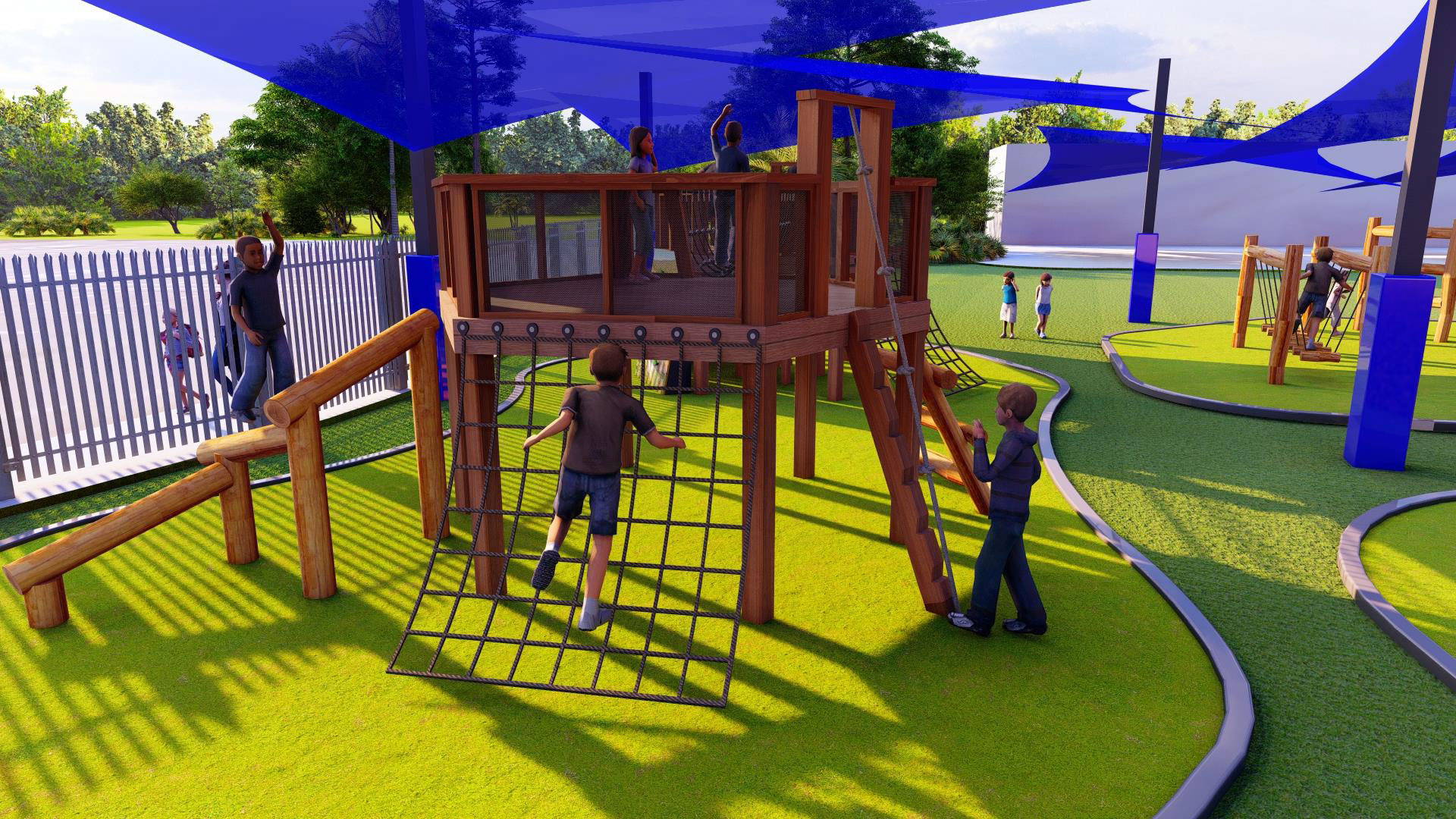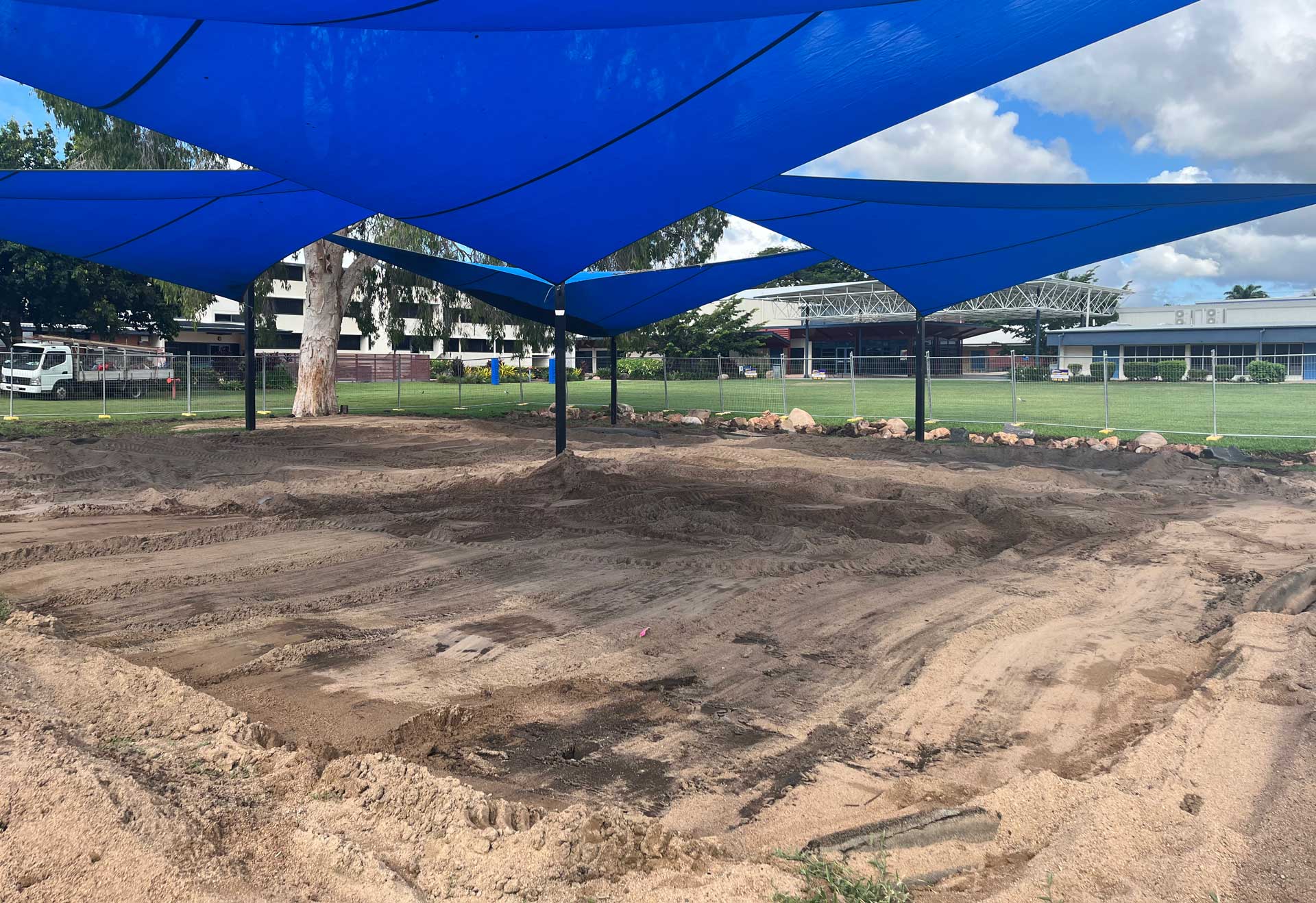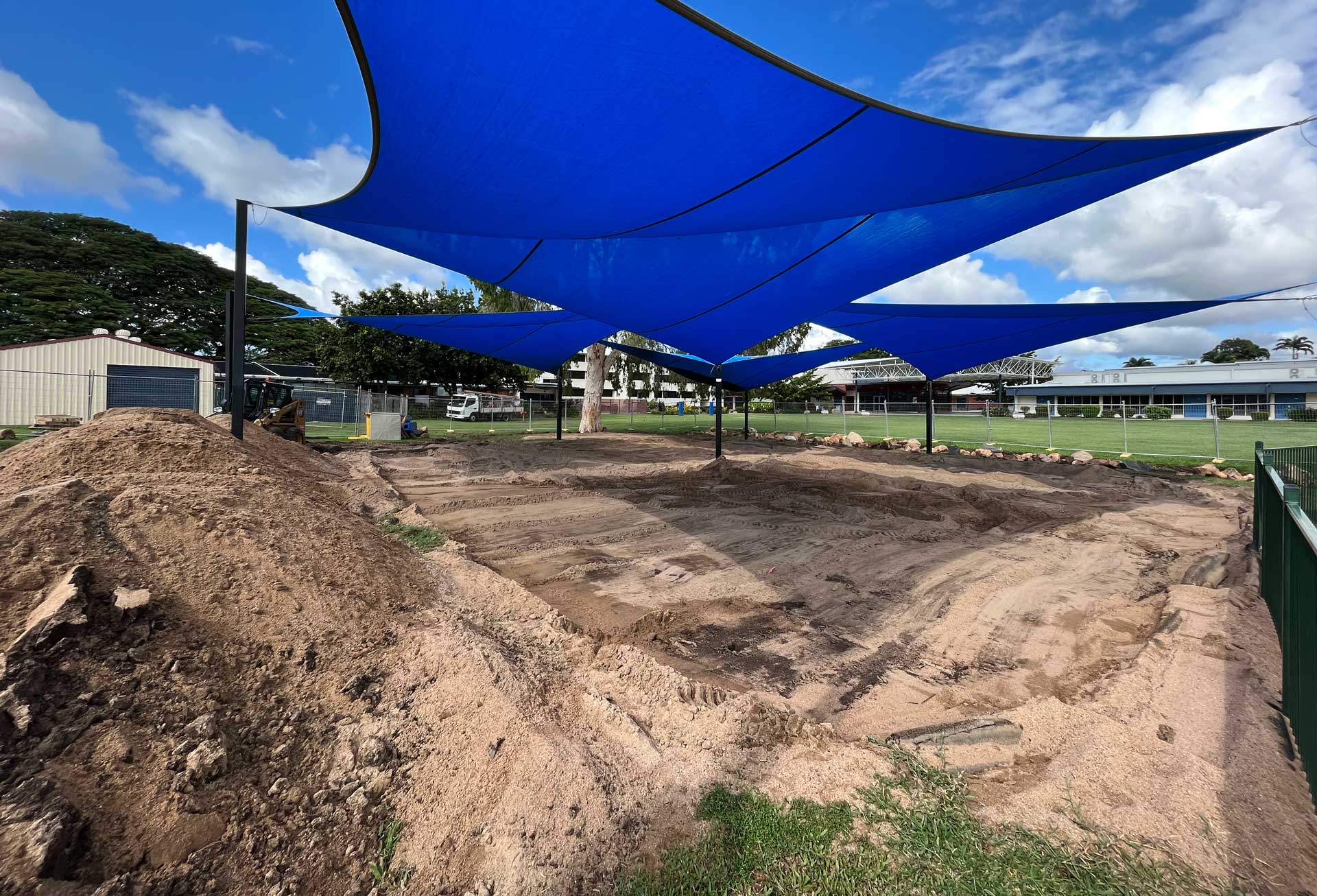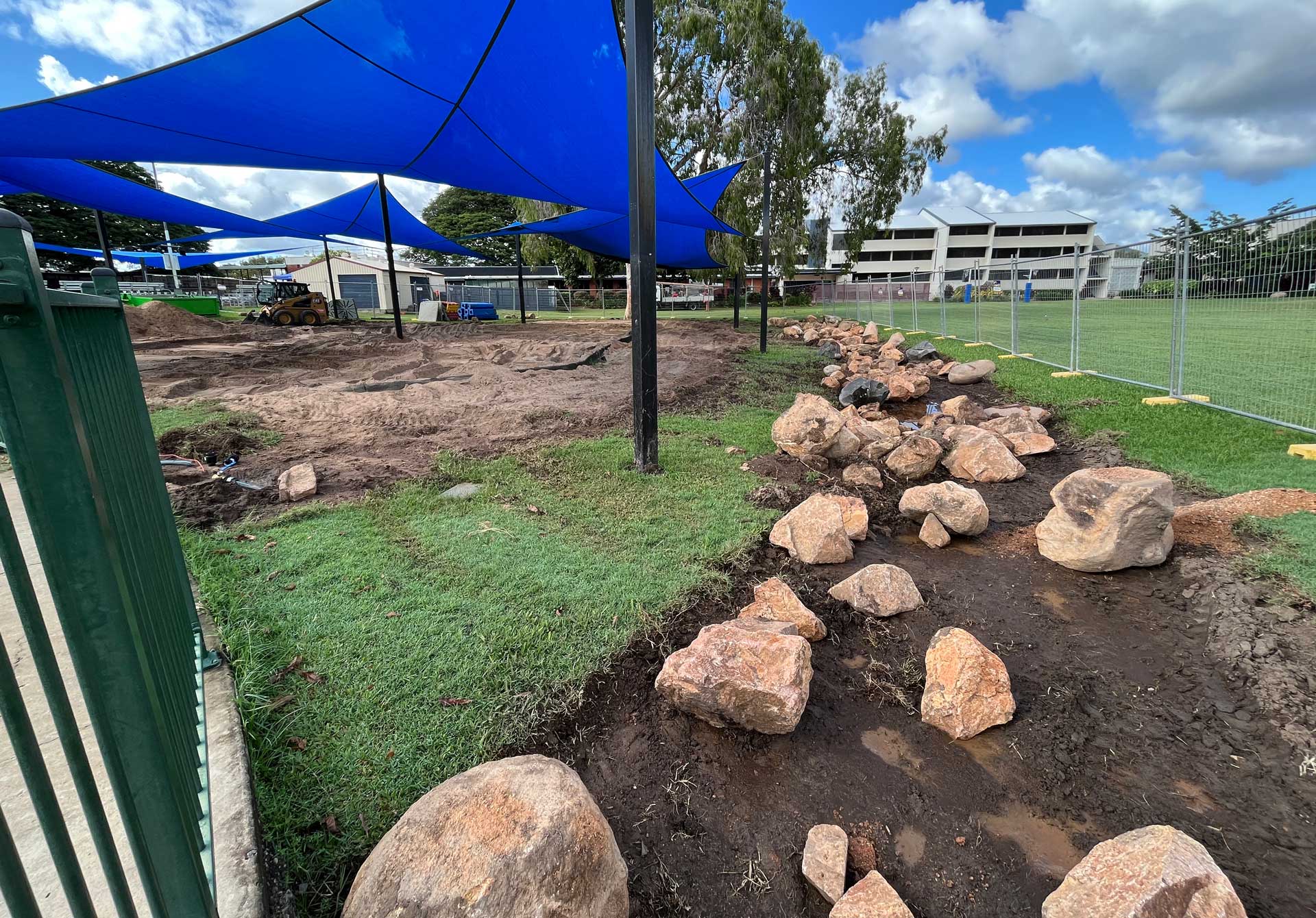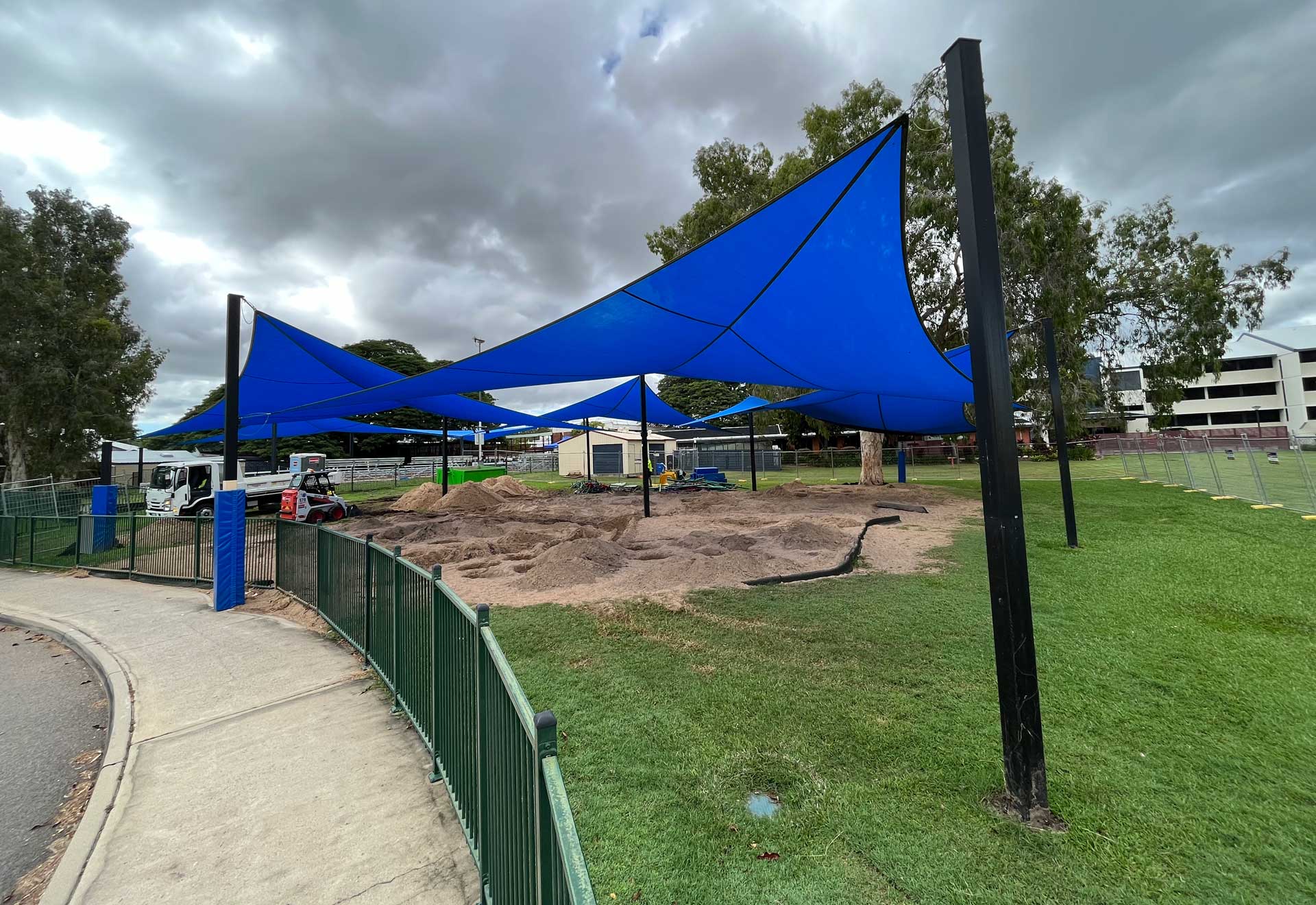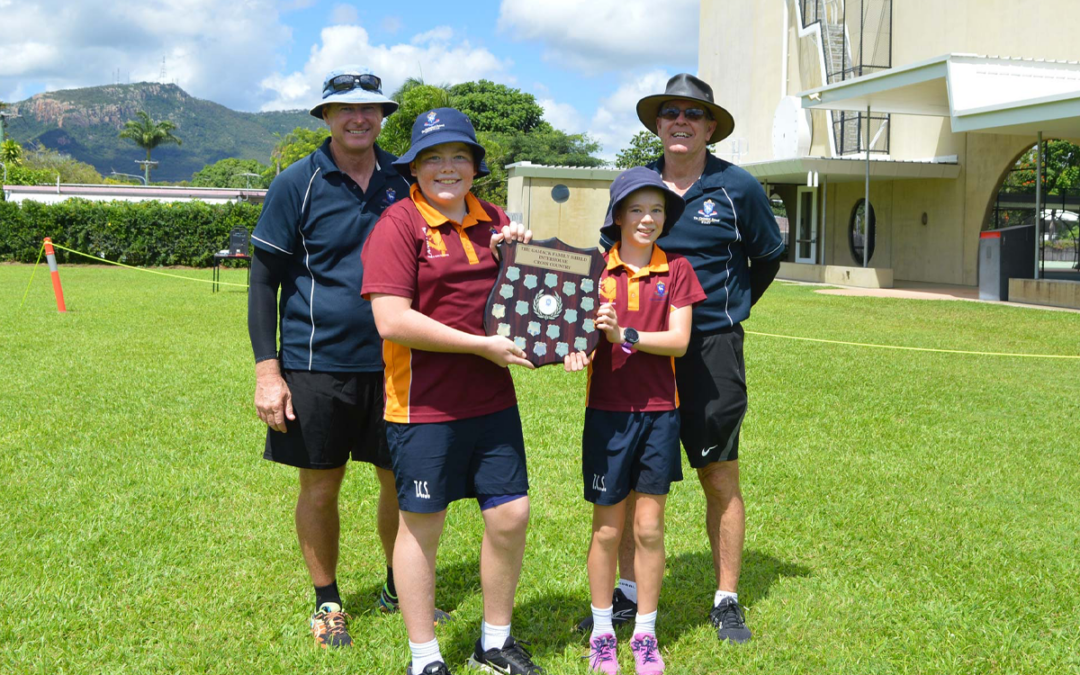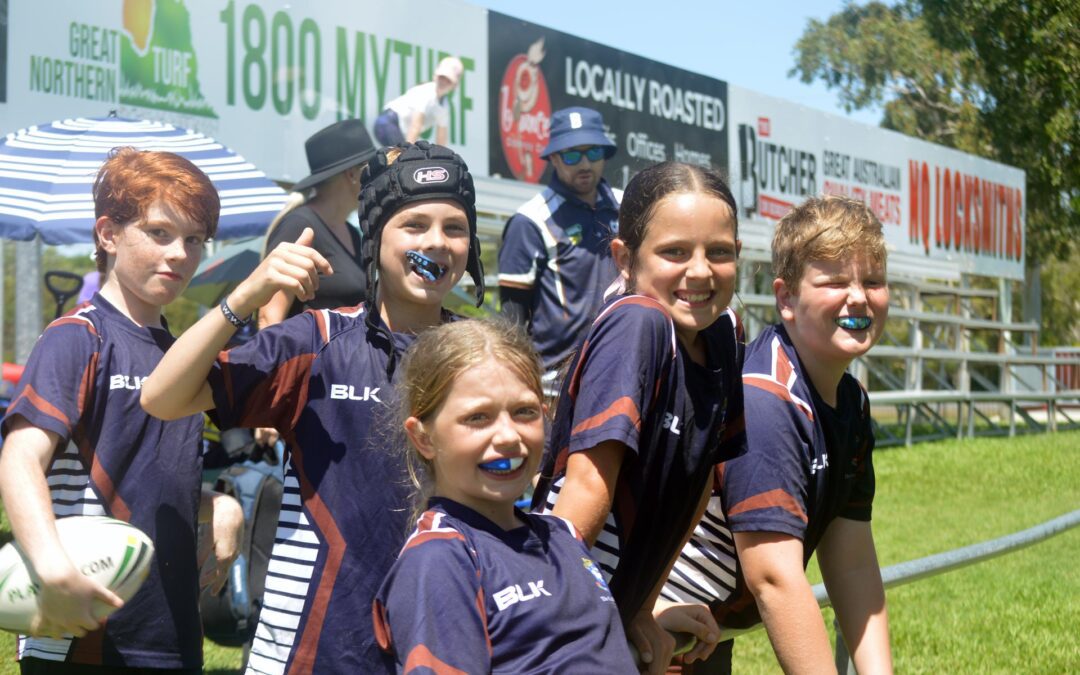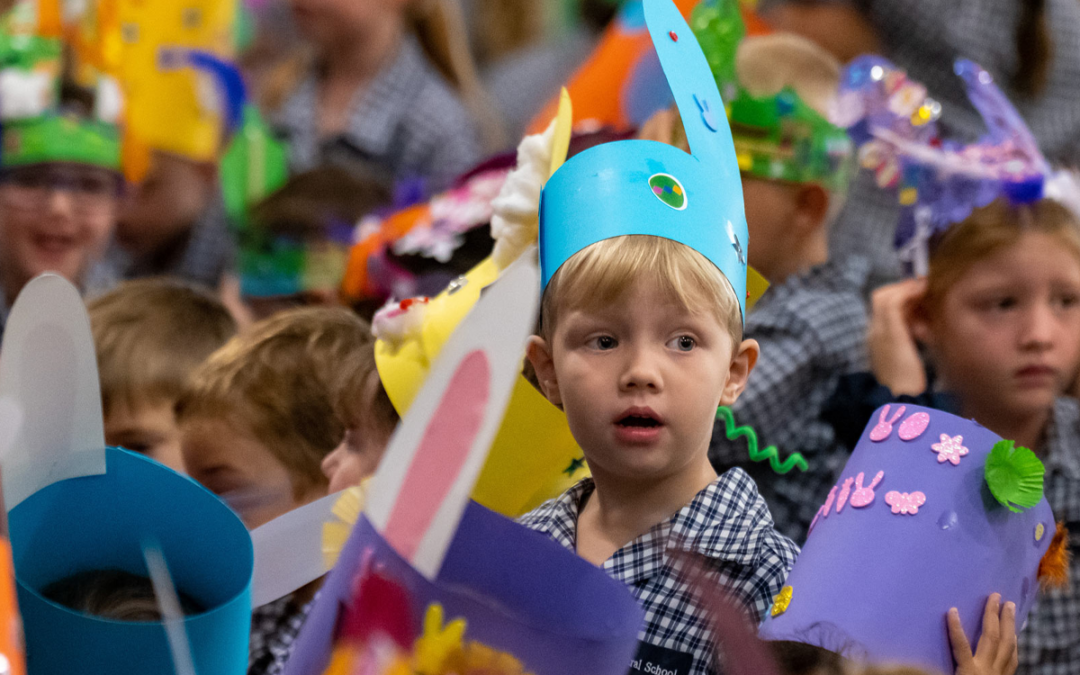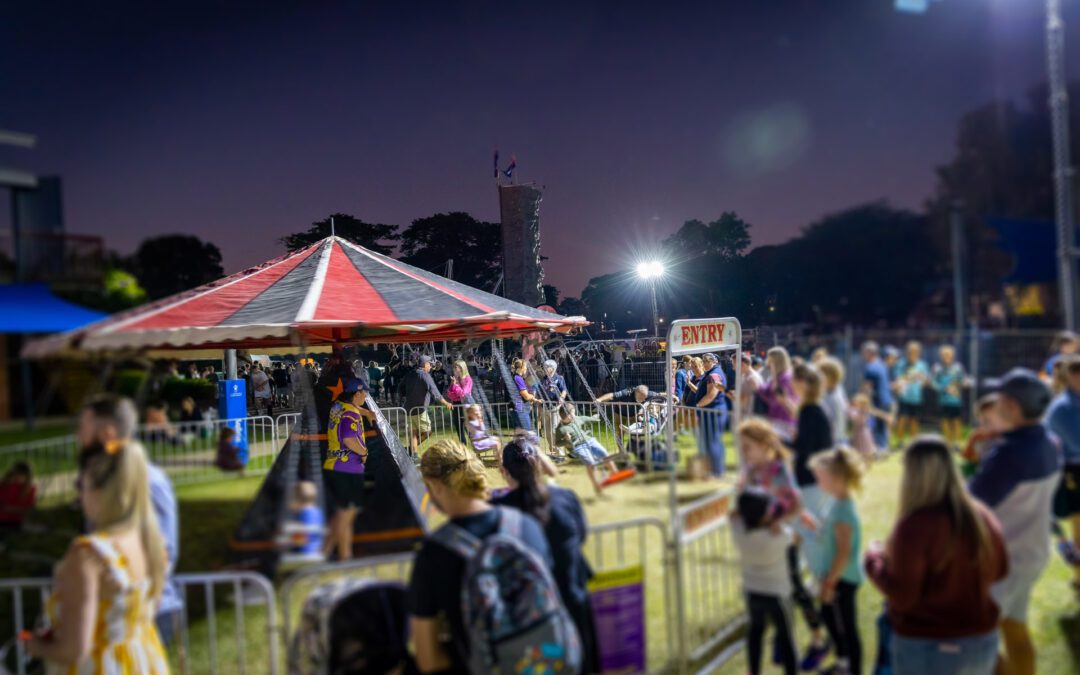
P&F Carnival Dodgers Winners
The Cathedral School’s P&F Carnival ‘Dodgers’ winners have been announced. Congratulations to all of the winners, and thank you to the sponsors for donating the amazing prizes.
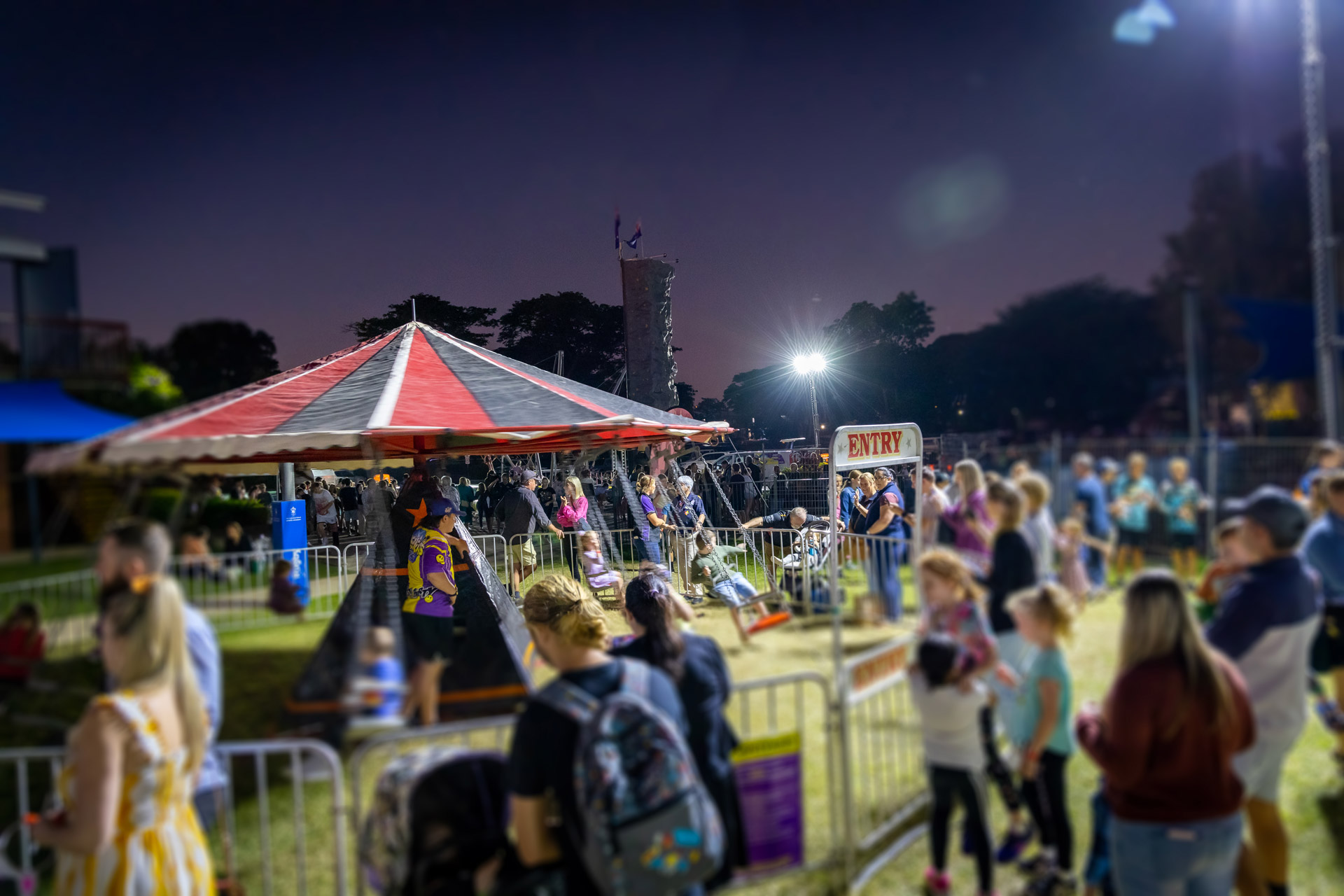
P&F Dodgers Prize Winners List 2023
Drawn 19 May 2023
1 4840 L Tapp
2 9767 L Bullimore
3 6352 A Holmkvist
4 6183 J Voevodin
5 3078 D Simpson
6 10682 L Jones
7 4793 K Horton
8 5654 J Akroyd
9 8009 W Furber
10 2101 D Pratchett
11 5960 Sue & Andrew
12 6749 J Gander
13 7309 J Brabon
14 3246 J Chandler
15 4069 W Gordon
16 8585 M Olditch
17 5167 L Hamilton
18 3259 S Calder
19 4676 F McGill
20 10261 L Brophey
21 10276 B Brophey
22 10252 Munro Family
23 0048 G De Silva
24 10371 D Borer
25 2153 E Fennamore
26 4665 A Edgerton
27 8712 N Rogers
28 7645 R Dawes
29 10052 D Kennedy
30 0138 M Hilleard
31 7845 H McCullagh
32 3897 K Hodda
33 6750 H Gander
34 7468 J Bragg
35 8708 L Sullivan
36 7637 W Rose
37 6835 J Willis
38 10130 L Antoney
39 4680 F McGill
40 9870 D Hill
41 9002 M Kilcullen
42 6993 K Gold
43 0486 H Kelly
44 7842 H McCullagh
45 9387 Wellsmore Family
46 2609 J Griffiths
47 5721 D Hodge
48 9331 E Fooks
49 3689 E French
50 6116 M Perkins
51 10025 R Speers
52 4321 S Butler
53 1920 A Wise
54 6328 C Martin
55 5904 J Doyle
56 6360 S Williams
57 1233 J Kidner

